It’s easy to see why summer is the most popular season for driving. There’s nothing like sitting next to an open car window and letting a mild breeze slip through your hair on the way to your destination. But before the many summer car rides you’re sure to enjoy this year, it’s important to take care of your vehicle and keep safety top of mind. AAA has you covered on both fronts with these summer driving safety tips.
Beware of Extreme Heat
As temperatures increase, it’s paramount to ensure children and pets are not left in locked cars. On a typical 80-degree summer day, the interior temperature of a vehicle increases by 20 degrees in only 10 minutes and can reach a deadly 109 degrees in 20 minutes. On hotter days, the interior temperature can easily reach 120-140 degrees, and cracking the windows has little effect.
To prevent hot car deaths, AAA Northeast recommends caregivers practice the following:
- Never leave children or pets in the car unattended. Even if the outside temperature is 60 degrees, temperatures inside a vehicle can reach 110 degrees, according to the National Highway Traffic Safety Administration.
- Stop and look at the backseat before exiting a parked vehicle. Make it a habit to check the entire vehicle before locking the doors and walking away. Place personal items, like a purse or briefcase, in the back seat as another reminder to look before you lock. Ask child care providers to immediately call if your child doesn’t show up for care as expected.
- Lock your vehicle to prevent unsupervised access and a child getting trapped inside. Keep car keys away from children and teach them that the inside of a car should never be used as a play area.
- Act fast, call 911 and take action if you see a child alone in a locked car. A child in distress should be removed as quickly as possible.
Learn more about dealing with extreme heat.
Get Your Car Ready
Dead batteries, lockouts and flat tires are a few common reasons for breakdowns. Safe and carefree summer driving starts with preventative car care and maintenance.
- Have your vehicle’s air conditioning system checked before the start of the season.
- Batteries have a typical lifespan of about three to five years. Drivers should have their batteries tested at the three-year mark, and on an annual basis going forward. AAA provides members with free battery testing.
- Keeping your tires in good shape is important because they’re the only parts of your car that touch the road. Drivers should check each tire’s tread depth, inflation and overall condition at the start of every season. “Look for cracking, bulging or breaks,” said AAA Car Doctor, John Paul. Such damage can cause blowouts when vehicles are traveling on hot pavement at highway speeds. Tires should be inflated to manufacturer specifications (found on the driver’s doorjamb) and treads should be at least 4/32-inch deep.
- Scorching summer temperatures put serious stress on engines. “Make sure the cooling system is ready by having it flushed on a regular basis and using manufacturer-recommended coolant,” said Robert Sinclair, senior manager of public affairs for AAA Northeast. Coolant, also known as antifreeze, has anti-corrosion chemicals to prevent rust buildup inside the engine. Getting rid of old coolant, flushing the engine with fresh water and filling it the proper mixture of the coolant formula and water, along with checking hoses and belts, will help a vehicle stand the test of hot summer driving. Remember to never remove the cap from a hot radiator.
- Drivers (or their favorite reputable maintenance shop) should also check their vehicles’ transmission, power steering and windshield wiper fluids, and make sure all brake lights, headlights, turn signals, emergency flashers and interior lights are working.
- See and breathe easier with new filters and blades. Summer is the perfect time to replace consumable items like air filters and wiper blades. A new engine air filter will ensure your car runs as efficiently as possible. A new cabin air filter will prevent unpleasant, musty odors and help you and your passengers breathe easier. Wiper blades should be replaced at the first signs of wear, such as streaking or chattering and groaning noises.
- Getting locked out of your car is never fun, though it’s especially troublesome when all you want to do is escape the heat. Lockouts persist despite advances in key technology. Motorists should take special care of smart keys and keyless entry fobs. Always take these with you when exiting the car, avoid exposing them to water and replace batteries as recommended by vehicle manufacturers. If you do get locked out, AAA Roadside Assistance is available 24/7 to help.
Get Yourself Ready
Summer presents plenty of traffic safety concerns that, if ignored, can turn a dream ride into a nightmare.
- The period between Memorial Day and Labor Day is known as the 100 Deadliest Days because it is historically when the country sees an increase of fatal crashes among teenagers. AAA recommends that now is a good time for parents to both model safe driving behaviors and help ensure their teens practice them, too.
- Whether traveling 5 or 500 miles, every driver should carry an emergency kit with important items like a mobile phone charger, a flashlight with extra batteries, a first aid kit, drinking water, extra snacks and food, booster cables, emergency flares or reflectors, windshield wiper fluid and a basic toolkit with a tire pressure gauge and adjustable wrench.
- Sun glare can be a serious hazard. Try wearing sunglasses with polarized lenses while driving to keep your view as clear as possible. You’ll also benefit from keeping your windshield clean. Dirt and streaks are especially pronounced under strong light.
- Flip-flops are fine for the beach, but they’re not the best footwear for driving. The straps and flimsy soles can easily get caught under the pedals.
- Tying a surfboard, cooler or a week’s worth of camping supplies to your vehicle’s roof rack? Make sure you review its weight limit first, and check your route for any height restrictions.
- Avoid distractions. For parents, that can be children in the backseat. For any driver, it can be the temptation to use a cellphone behind the wheel. If you have to make a call or send a text, find a safe place to pull over.
- Turn on your headlights during twilight hours to make it easier for other drivers to see you.
- Avoid eating behind the wheel. Enjoy snacks at rest areas or stop at restaurants for meals.
- Don’t leave food or drinks inside your car on a hot day, especially canned beverages, which can explode under high temperatures. The same goes for hairspray or canned deodorant.
- When packing, distribute weight evenly in and atop your vehicle. Don’t pack items in any spot that obstructs your view, or your mirrors.
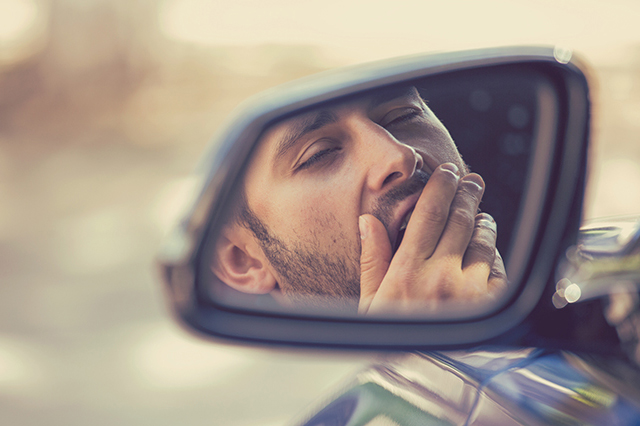
Prepare for Road Trips
Summer means road trips. And while you might want to make the best time possible, getting to your destination quickly is never worth jeopardizing safety. Crash risks for sleep-deprived drivers increase steadily compared to those who get seven or more hours of sleep. Missing just two to three hours of sleep in a 24-hour period can quadruple a driver’s crash risk, and drivers who have slept fewer than five hours have crash risks comparable to drunken drivers.
Here are some summer driving safety tips to stay alert and safe behind the wheel.
- If you find yourself starting to get drowsy while driving, find a safe place to pull over and rest. Symptoms include having trouble keeping your eyes open, drifting between lanes, not being able to remember the last few miles, yawning, missing exits or street signs and feeling irritable or restless.
- On longer drives, stop every couple of hours for a break.
- Don’t underestimate the impact of driving at night, when your body is accustomed to rest.
- Avoid eating heavy foods.
- Travel with alert passengers and take turns driving. When it’s not your turn, sit in the back seat. Riding in the front seat can lead to passive driving, inhibiting your ability to get valuable rest.
- Know your route. Today, most drivers rely on GPS to provide directions and traffic information. Like any technology, however, you should be prepared in case your device loses its signal or malfunctions. Researching your route before you leave and carrying a physical road map are two critically important summer driving tips.
EVs Need Attention, Too
If you drive an EV, there are also a few summer driving tips to remember.
- Hot weather could decrease range, so map out a charging plan ahead of long road trips.
- Although EVs don’t overheat the same way other vehicles can, the battery thermal management system can fail, causing the high-voltage battery to overheat. Keep an eye on warning gauges and if your EV has a battery cooling system, ensure that it is serviced on a regular schedule.
Share the Road
You’re not the only one enjoying the road this summer. Cyclists and motorcycle riders will be out and about, as will children on summer break. Stay alert to keep everyone around you safe.
- Cyclists have the same rights and responsibilities as motorists. That includes riding in traffic lanes.
- Watch for kids near obvious places, like playgrounds, but also keep an eye out for kids flocking to ice cream trucks or chasing stray balls.
- When you’re driving next to a motorcycle, it helps to envision the body of a vehicle around. That will help you maintain a safe traveling distance.
What other summer driving tips did we leave out? How do you stay safe on the road? Tell us in the comments below.
3 Thoughts on “Summer Driving Safety Tips From AAA”
Leave A Comment
Comments are subject to moderation and may or may not be published at the editor’s discretion. Only comments that are relevant to the article and add value to the Your AAA community will be considered. Comments may be edited for clarity and length.



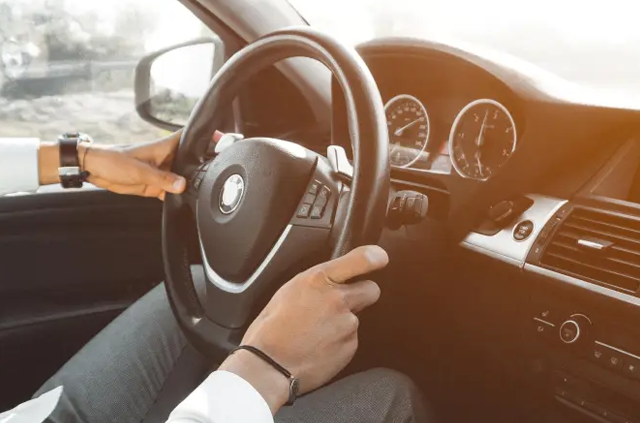


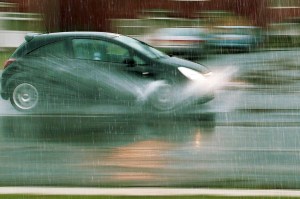
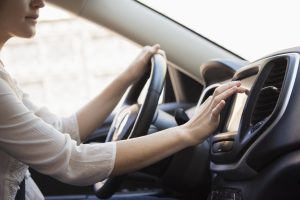


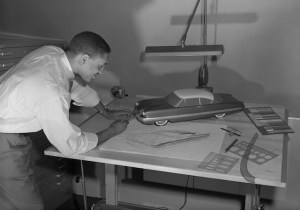




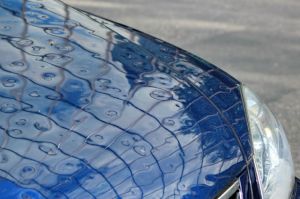
An old veteran of long road trips once gave me some good advice about fatigue. If you find yourself yawning but still have a long way to go, pull over, cross your arms on the steering wheel, then lean forward and take a nap. He says you will only be able to sleep that way for a few minutes but you will be refreshed enough to drive for many more miles. I’ve never had to do this but I think it’s worth a try!
ThAnk u
Keep the air conditioner off in stop and go or stalled traffic. A lot of damage can be done to the alternator.